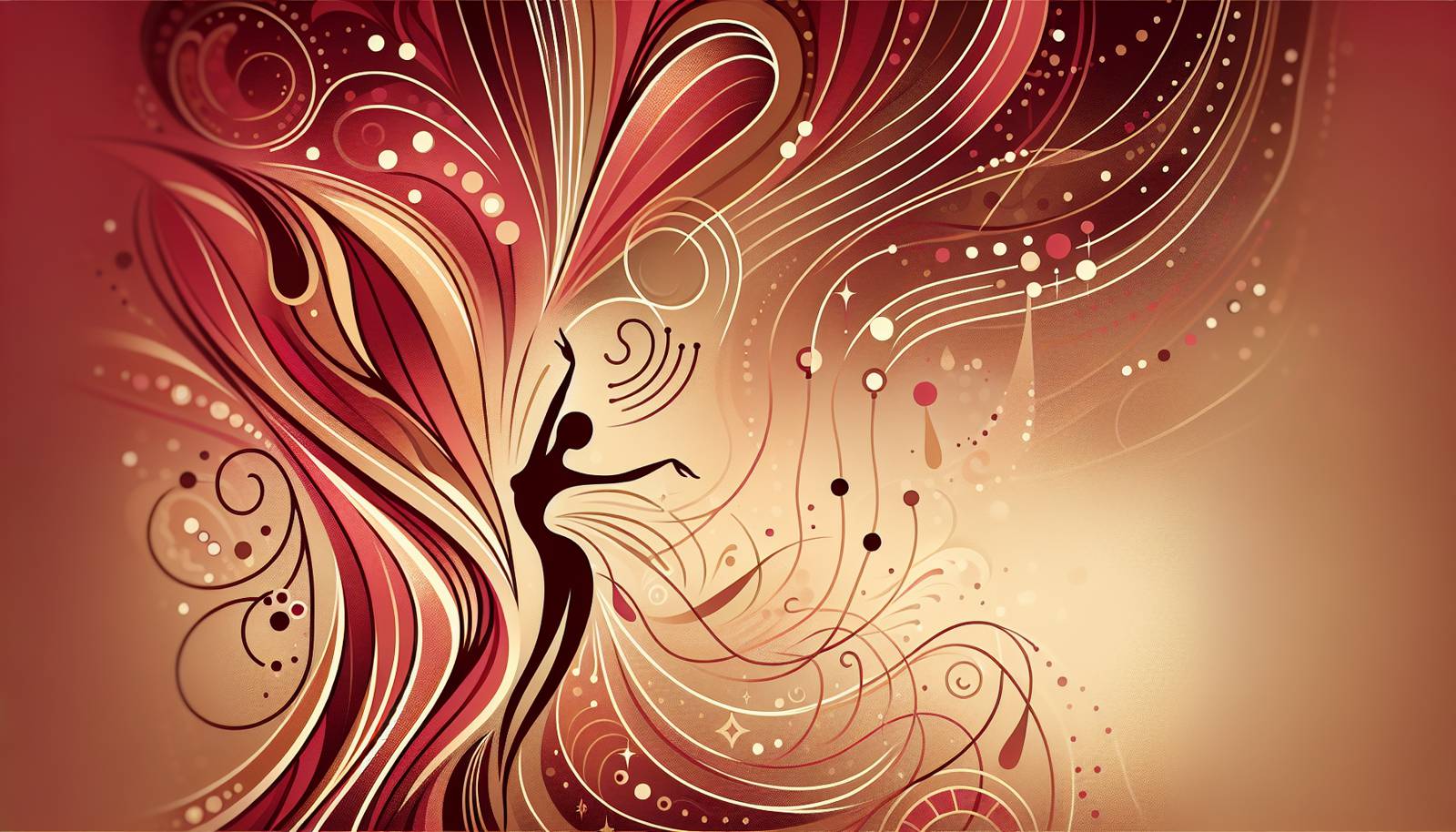
FAQ About The Impact of Cabaret on Modern Performance

What is cabaret?
Cabaret is a form of entertainment that combines music, theater, dance, and comedy, often presented in a restaurant or nightclub with a stage for performances. It originated in France in the late 19th century and is characterized by its intimate, informal, and often socially or politically critical nature.

How did cabaret begin?
Cabaret began in 1881 in Montmartre, Paris, at a venue called Le Chat Noir. This new form of entertainment mixed satirical songs, poetry, short plays, and other acts in an intimate environment. Initially, it served as a gathering place for artists, writers, and musicians, providing a platform for avant-garde and politically charged performances.

What are the key characteristics of cabaret performances?
Key characteristics of cabaret performances include a blend of different art forms such as music, comedy, and theater. These performances often feature direct audience engagement, satirical or critical commentary, and an informal presentation style, usually in intimate spaces like small theaters or clubs.

How has cabaret influenced modern performance arts?
Cabaret has had a significant impact on modern performance arts by inspiring various forms of entertainment, such as musical theater, stand-up comedy, and drag performances. Its focus on direct audience interaction, blending of multiple art forms, and its tradition of cultural and political critique continue to inform contemporary shows and productions.

What role does comedy play in cabaret?
Comedy is a central element of cabaret, often used to engage audiences and deliver social or political critique with humor and satire. Performers may incorporate comedic monologues, sketches, or songs that highlight cultural issues or poke fun at societal norms, helping to make complex topics more accessible.

Can cabaret be seen as a form of cultural critique?
Yes, cabaret can be seen as a powerful form of cultural critique. It often addresses pressing social and political issues through satire and humor, challenging audiences to reflect on and question cultural norms and values. This makes cabaret not just entertainment, but also a platform for social commentary and discussion.

Are there any famous cabaret shows or venues?
Some of the most famous cabaret venues include the Moulin Rouge and Le Chat Noir in Paris, and the Kit Kat Club depicted in the musical "Cabaret." These venues have been iconic in showcasing the cabaret style and have influenced cabaret performances worldwide. The musical "Cabaret," based on Christopher Isherwood's novel "Goodbye to Berlin," is one of the most renowned and has been adapted into various successful productions and films.

How does cabaret differ from traditional theater?
Cabaret differs from traditional theater in its format and approach. It typically features a variety of acts including music, dance, and comedy in a single show, often in a less formal, more intimate setting. Unlike traditional theater, audience interaction is encouraged in cabaret, and performances may directly engage with contemporary social or political themes through humor and satire.

What makes cabaret an attractive form for modern performers?
Modern performers find cabaret attractive due to its creative freedom, flexibility in presentation style, and the opportunity for direct audience engagement. Cabaret allows performers to experiment with different genres and formats, often addressing current issues through humor and satire, making it a versatile and dynamic form of performance art.

How do cabaret performances engage the audience?
Cabaret performances engage the audience through direct interaction, immersive experiences, and the breaking of the fourth wall. Performers may address audience members directly, include them in acts, or create an intimate atmosphere that invites audience participation and personal reflection on the themes presented.

Is cabaret still popular today?
Yes, cabaret remains popular today, with a resurgence in many cities worldwide. It continues to attract audiences with its blend of humor, music, and theater, as well as its ability to address contemporary social and political issues. Modern cabaret shows often incorporate new technologies and media to enhance performances and reach wider audiences.

What are some common misconceptions about cabaret?
Common misconceptions about cabaret include the belief that it is simply a form of nightclub entertainment or that it solely involves provocative shows. In reality, cabaret is a versatile art form that incorporates diverse elements such as comedy, music, and social critique, offering more than just adult-themed performances.

How can cabaret be used as a tool for social change?
Cabaret can be a tool for social change by using satire and humor to highlight social injustices and stimulate discussion. Performers can address controversial issues in a way that is accessible and engaging, encouraging audiences to think critically about societal norms and potentially inspiring action or change.

What are the main differences between musical theater and cabaret?
Musical theater and cabaret differ primarily in format and style. Musical theater typically involves scripted stories, often with elaborate stage settings and large casts. Cabaret, on the other hand, may feature a series of varied acts—often in a more informal, intimate setting—and allows for more spontaneity and interaction with the audience.

What has been the historical impact of cabaret on LGBTQ+ communities?
Historically, cabaret has played a significant role in LGBTQ+ communities by providing a safe space for expression and identity exploration. It has often served as a platform for celebrating diversity, challenging traditional gender roles, and addressing issues of sexuality, contributing to greater acceptance and visibility of LGBTQ+ individuals in society.

Who are some notable cabaret performers?
Notable cabaret performers include Marlene Dietrich, who was known for her glamorous style and enigmatic presence, and Liza Minnelli, celebrated for her performance in the musical "Cabaret." More contemporary performers such as Alan Cumming and Amanda Palmer have also contributed significantly to keeping the spirit of cabaret alive.

Why is audience participation important in cabaret?
Audience participation is crucial in cabaret because it breaks down barriers between performers and viewers, creating a more immersive and interactive experience. This engagement can foster a sense of community and involvement, making the performance more dynamic and personal for the audience.

What are the typical themes explored in cabaret?
Typical themes in cabaret include political satire, social commentary, personal identity, and cultural norms. Cabaret often challenges conventional ideas and encourages audiences to reflect on and question societal issues, using humor and performative art as a medium for exploration and critique.

Has cabaret influenced modern comedy?
Yes, cabaret has significantly influenced modern comedy, particularly stand-up comedy, by incorporating theatrical elements and audience interaction. The cabaret tradition of satire, character-driven performances, and observational humor continues to inspire contemporary comedians, enriching their acts with dynamic and diverse storytelling techniques.

How are modern cabaret shows using technology?
Modern cabaret shows are increasingly using technology such as digital projections, sound effects, and multimedia components to enhance performances. These tools allow for more complex and visually appealing presentations, helping bridge traditional cabaret with contemporary artistic expressions and engaging wider audiences.
